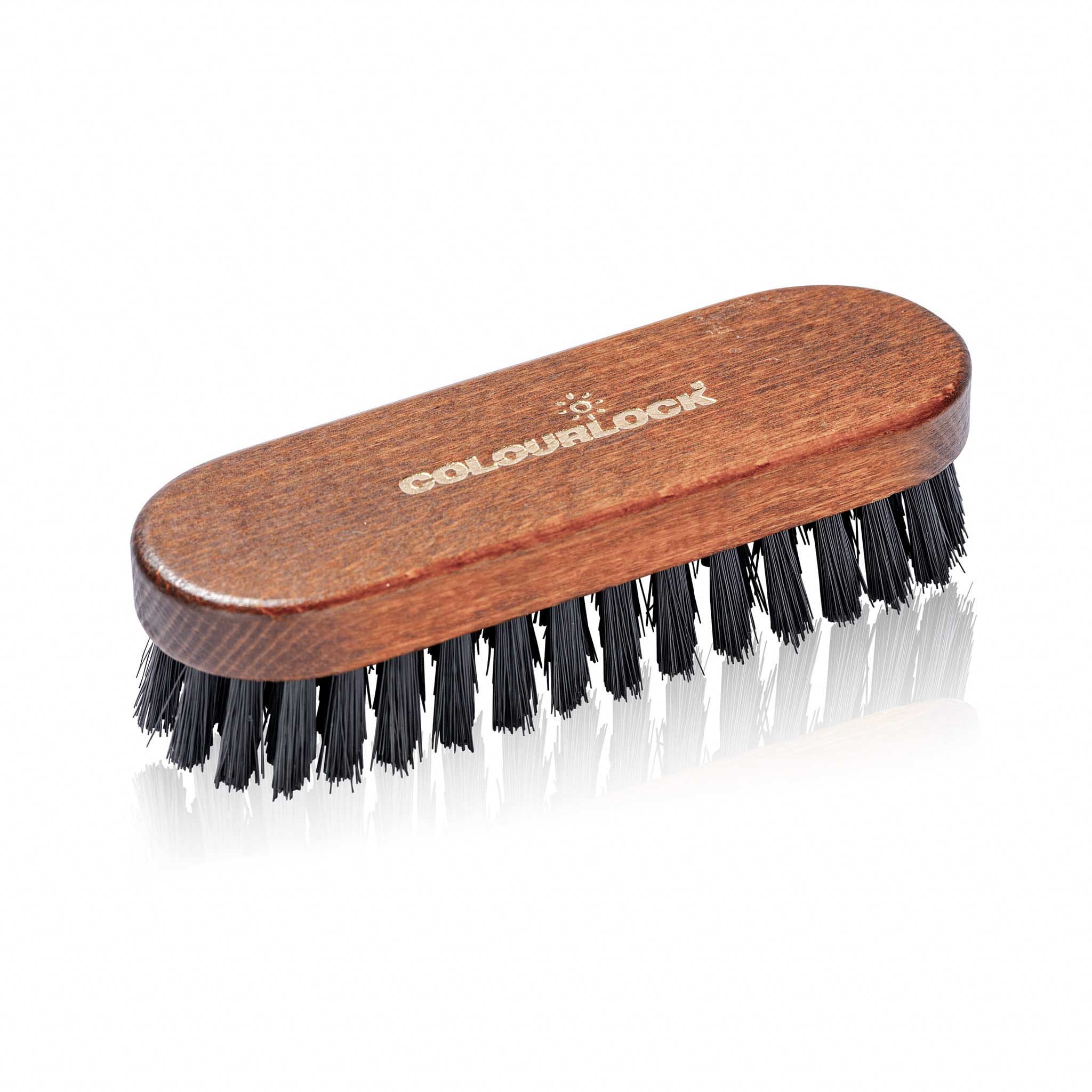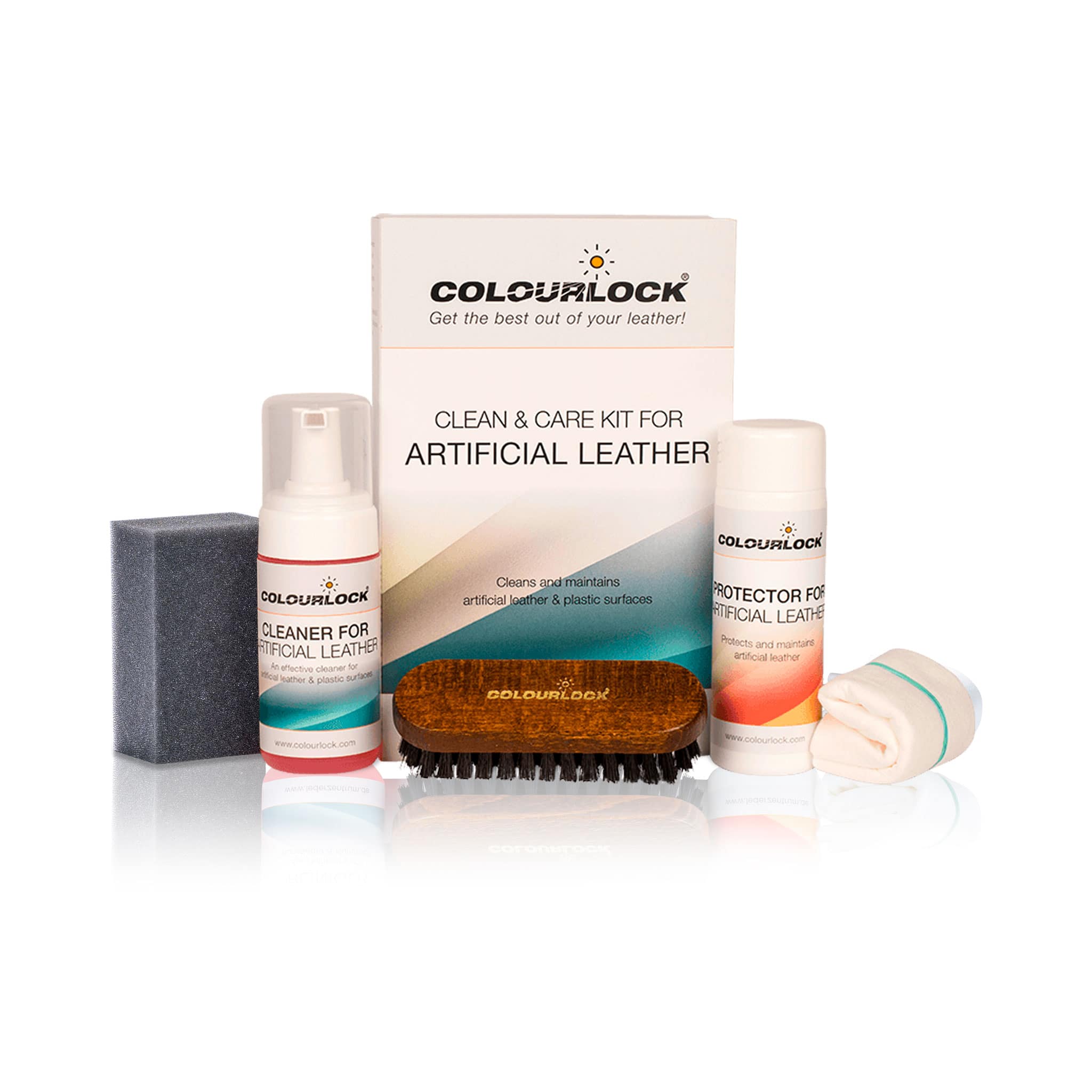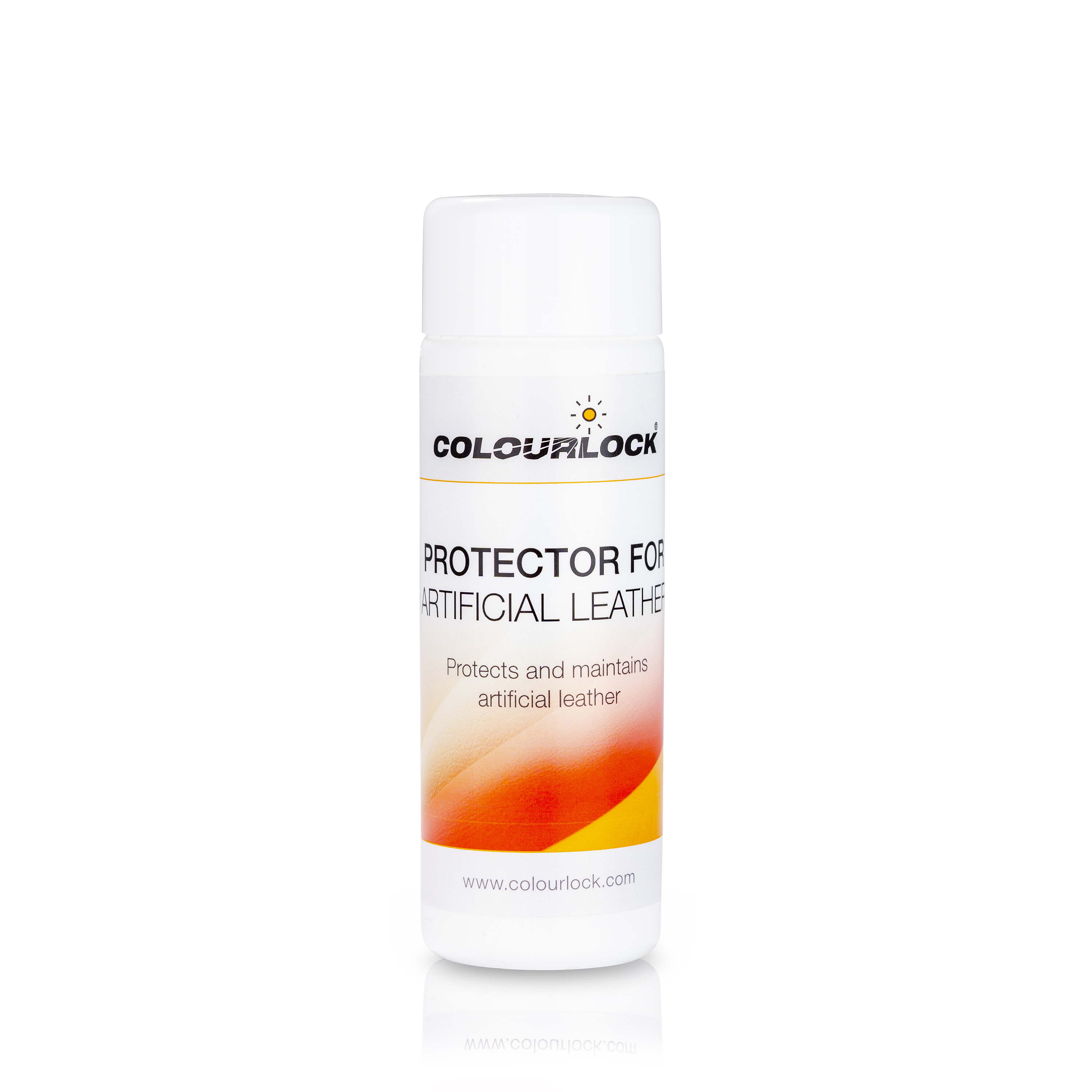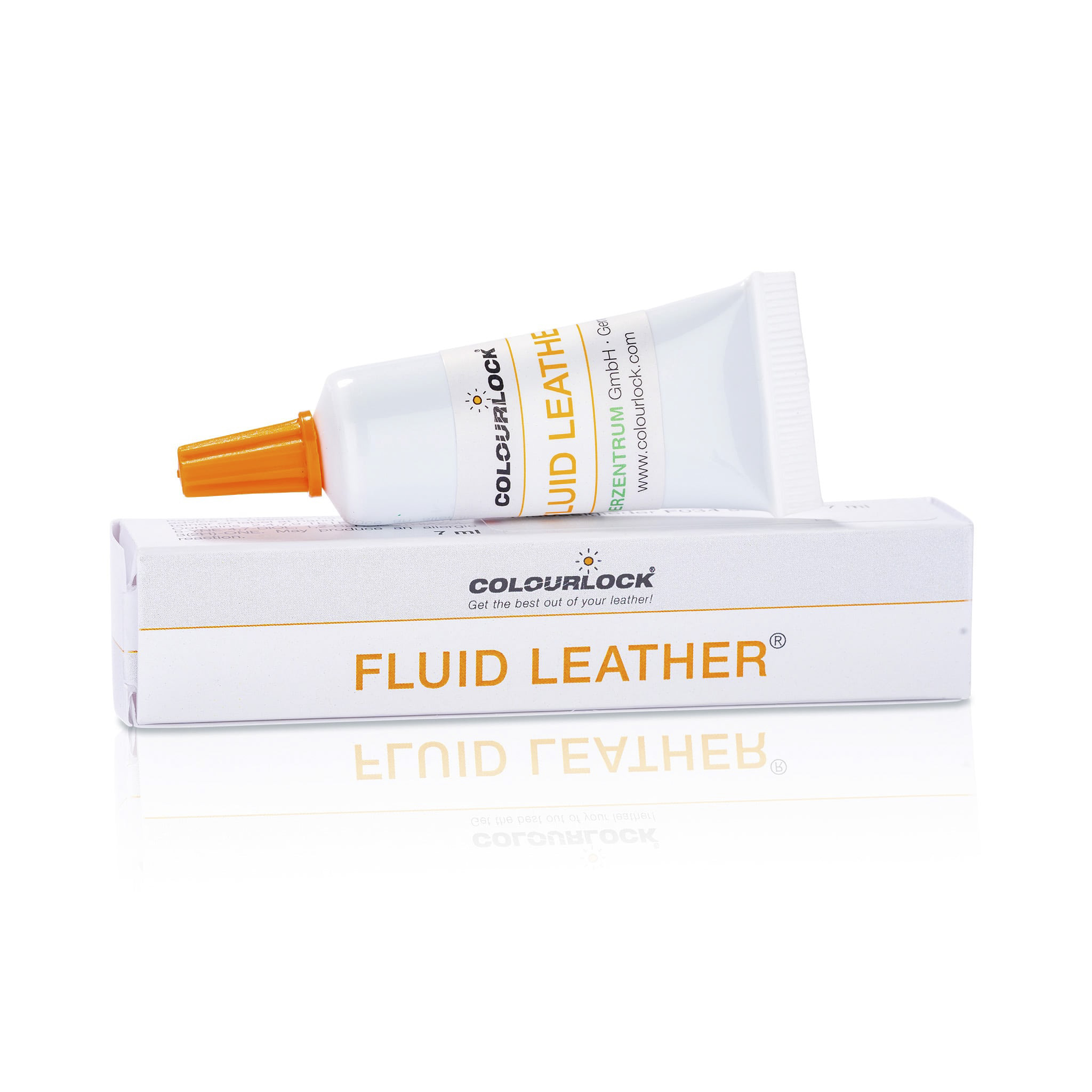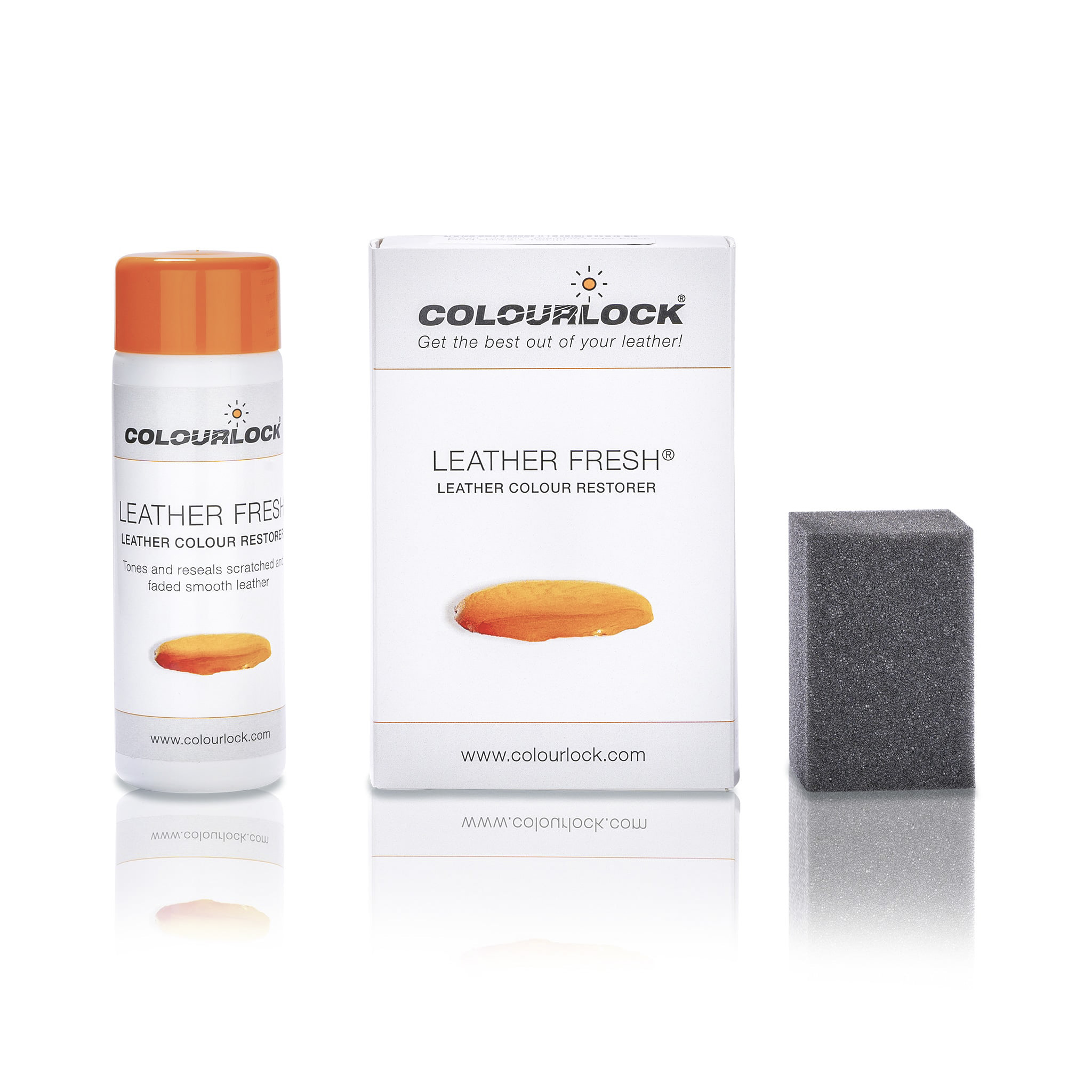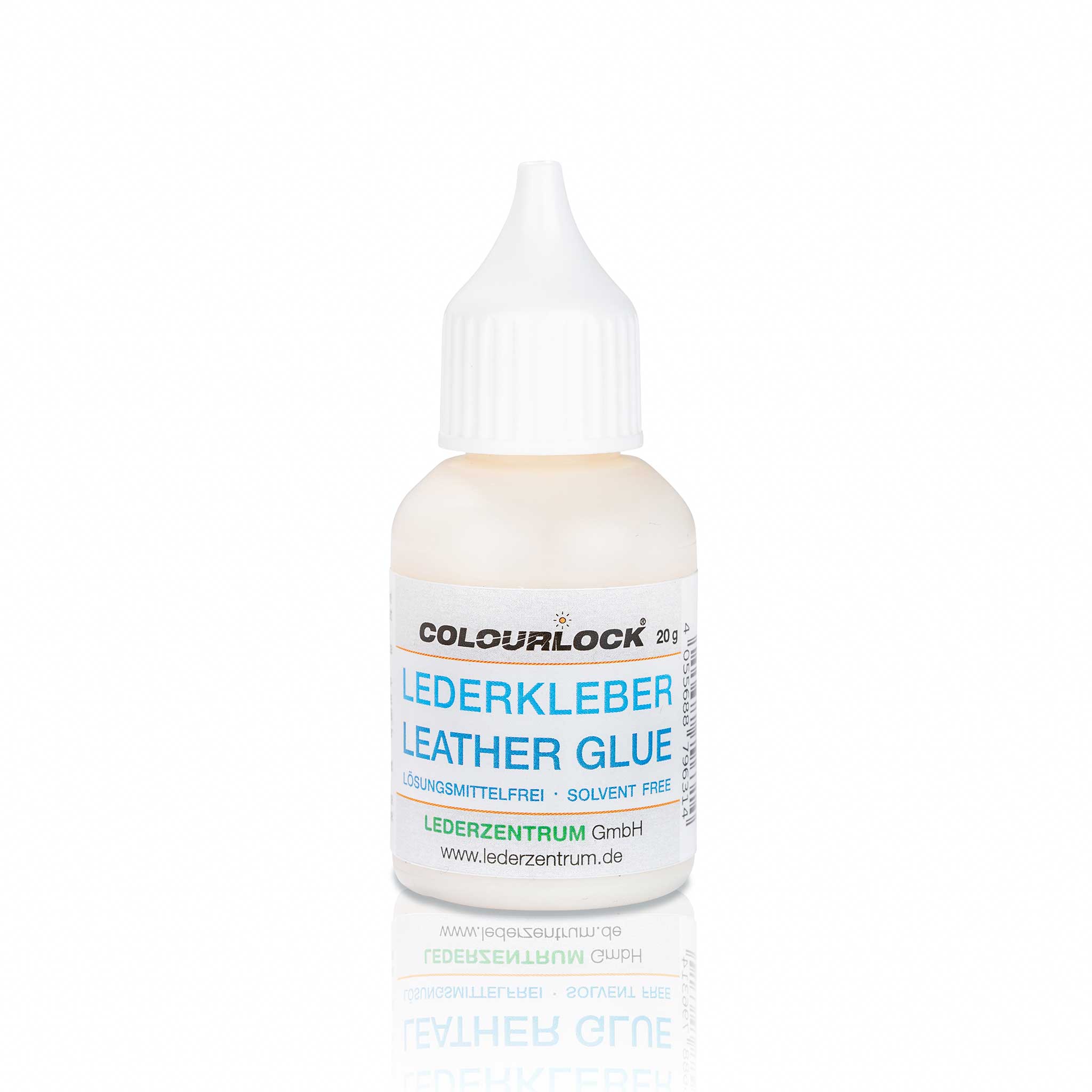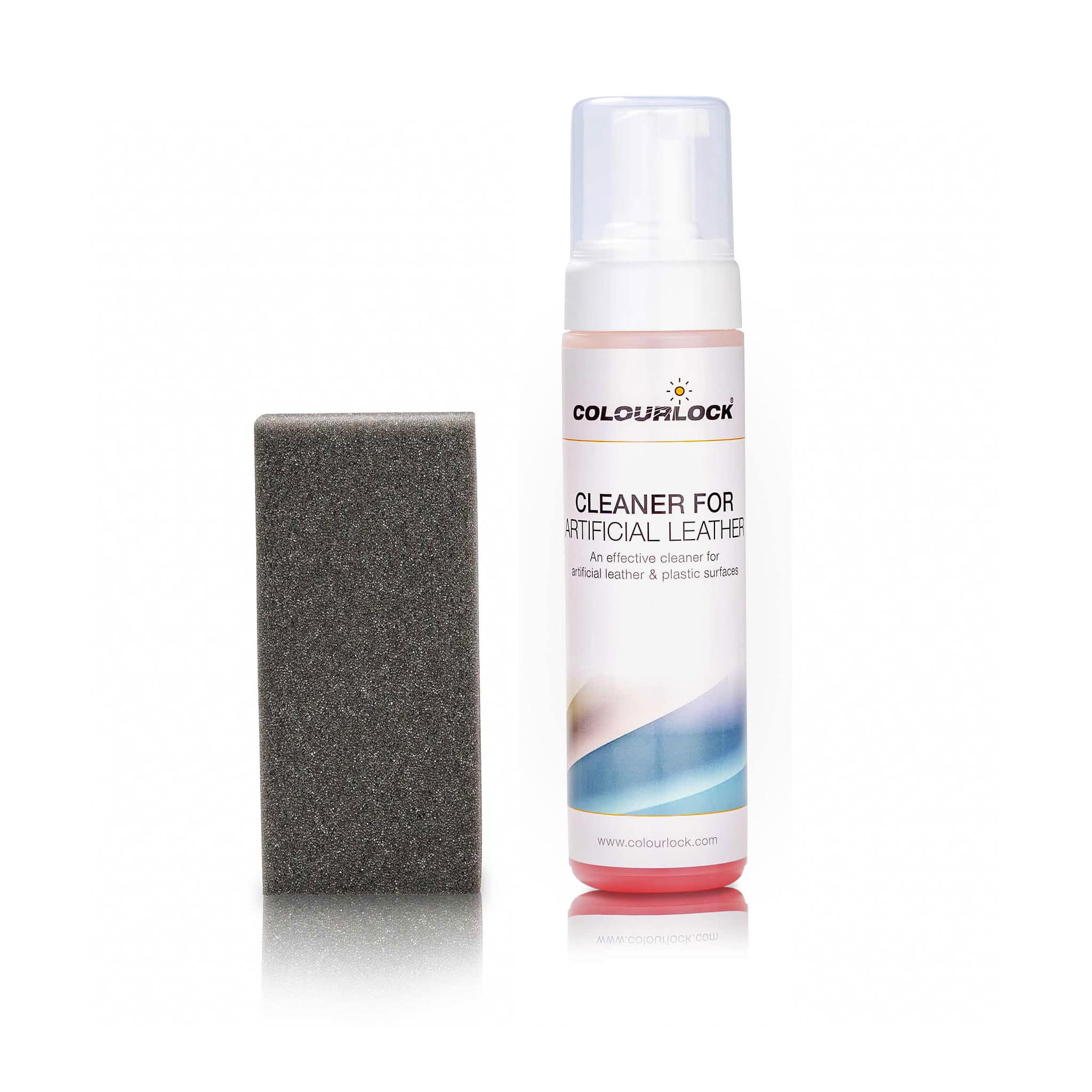How to clean & protect Artificial/Imitation leather
Undamaged imitation leather is easy to clean and maintain. Clean soiled surfaces with COLOURLOCK Cleaner for Artificial Leather with Sponge. In case of heavy soiling, let the product soak for a minute and also use the COLOURLOCK Leather Cleaning Brush to remove the dirt.
Protect the surface with COLOURLOCK Protector for Artificial Leather and Plastic. The surface gets an invisible protective film that prevents penetration of dirt and prevents the coating from getting damaged in the long run. These products are also available as COLOURLOCK Artificial Leather Cleaning & Conditioning Kit.
Sometimes older imitation leather and plastics lose their softness and become dry, brittle and break. This process can hardly be influenced. Regular cleaning and sealing delays this process.
Little cracks and rips can be filled and repaired with COLOURLOCK Fluid Leather. Then work over with COLOURLOCK Leather Fresh to adjust colour and gloss level. This procedure also applies to cats scratches, as long as the damages are not too excessive and too strong. Protruding fibres can be glued down with COLOURLOCK Leather Glue and with a needle tip. Put a little amount of glue using a needle tip under the protruding fibres, dry with a hair dryer and press down the fibre.
Big brittle and cracked surfaces are unrepairable. Such damage occurs often after 2 to 4 years in the contact areas. Such damage can only be repaired in the beginning. But as these damages worsen quickly, no real help is possible. Cover such areas with blankets to reduce the wear.
Preserve older imitation leather with Protector for Artificial Leather and Plastic. The Protector prevents soiling and reduces friction damages. The Protector does not generate an artificial gloss. Apply evenly with a soft cloth and let dry.
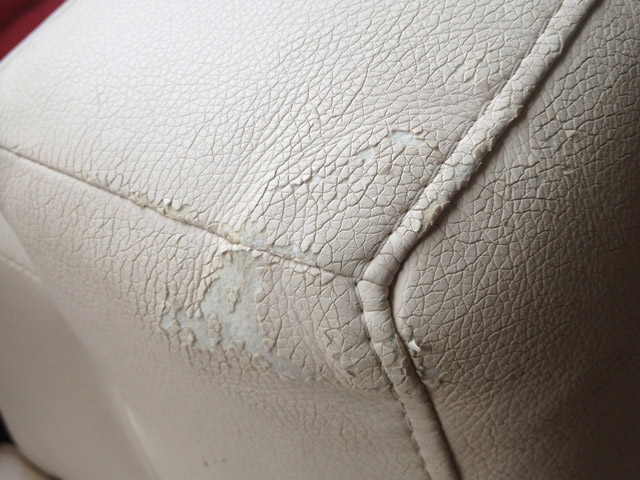

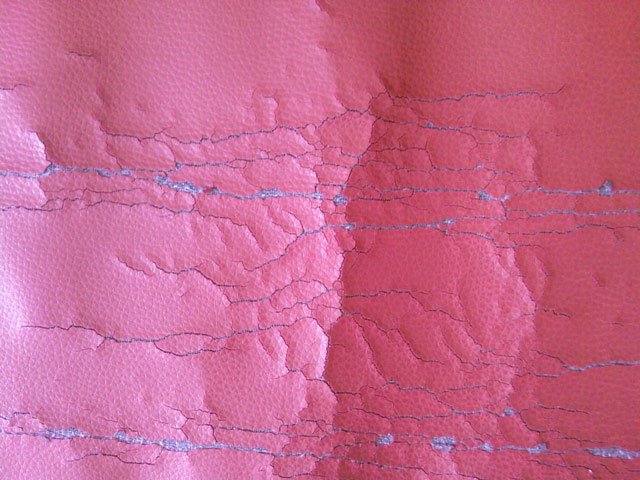
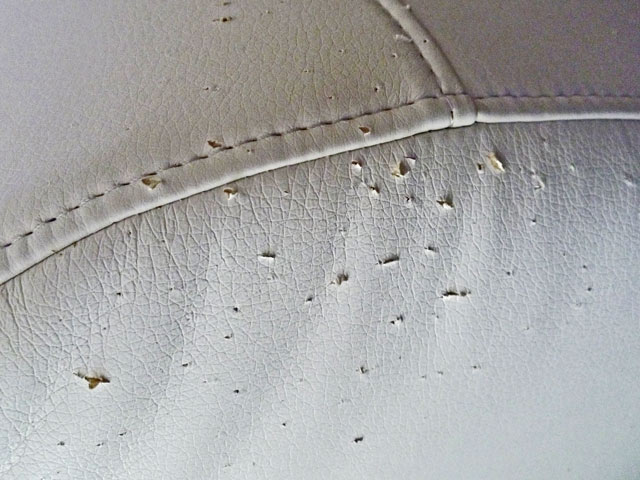
Recommended products

